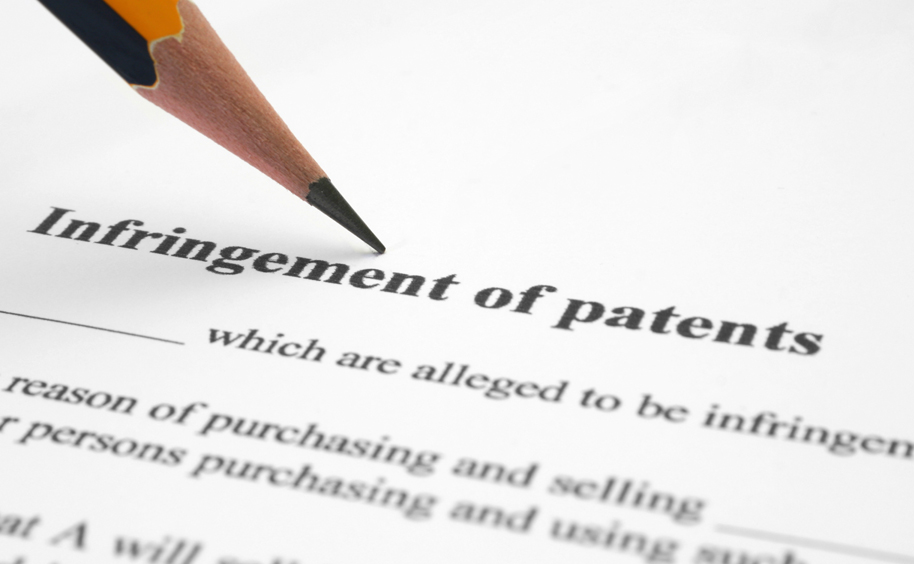
Members of the packaging community are often surprised to hear about the extent to which the patent system is used by successful packaging companies.
Patents are often (wrongly) associated with complex technologies, but in actual fact there is arguably just as much inventing that goes on in the packaging industry than in, say, Smartphones. Technological developments in packaging are often not viewed as sufficiently innovative to warrant patent protection, at least not by the designers and engineers who are actually doing the development work.
However, the patent system was designed to protect incremental improvements and not just step change or disruptive innovation. For an invention to be patentable, it only needs to be more than an obvious modification of what is known and no more ‘inventive’ than this.
Considering the volumes generally involved in packaging applications, then small incremental improvements that shave ½ second off the cycle time in the erection of a carton or that save ½ gram of weight in a moulded disposable container (for example) can provide substantial cost savings. These savings may be down to a very simple feature, such as a fold line configured in a particular way or a flange with a shape that facilitates gripping or ejection.
This is precisely the sort of innovation that the patent system was designed to protect.
The World Intellectual Property Office’s database (which includes most, but not all applications filed throughout the world) suggests that an average of 40,000 patent applications were filed per year over the last 10 years for packaging related inventions (International Patent Class 65 – CONVEYING; PACKING; STORING; HANDLING THIN OR FILAMENTARY MATERIAL).
Nearly 4,500 packaging-related international patent applications (single application covering 148 territories) were filed in 2013 alone, with around 8% of these filed by UK resident companies.
Packaging is clearly a significant area of patent filing. Most of these patent applications relate to small incremental improvements, rather than breakthrough technologies. The nature of innovation tends to be incremental, but many of these steps can represent significant financial gains and in an increasingly competitive industry like packaging, it is surprising that more companies do not protect their innovations.
Aside from the competitive advantages offered by patents, the new Patent Box tax regime (10% corporation tax rate for profits from patented products) gives UK companies the opportunity to reduce their corporation tax bill significantly. It is hardly surprising that Pfizer’s planned acquisition of AstraZeneca is motivated by the Patent Box regime (as reported by the Royalty Society of Chemistry in an article in Chemistry World entitled Pfizer courts AstraZeneca megamerger published on 29 April 2014).
One little-known fact that is particularly relevant to SME packaging companies is that for a reasonably profitable product the tax savings over the first year or two can easily pay for the cost of securing UK patent protection, which is the only territory needed to qualify for the Patent Box irrespective of where in the world the revenues come from. If a company claims R&D Tax Credits and develops products, then there is a good chance that it could benefit from Patent Box.
The take-home message is that packaging companies should really consider how they protect the results of their research and development efforts. Patents not only provide the most effective way of protecting innovation, but they can now offer significant tax savings.
Author: Jason Lessard
This post was written for ThePackHub by Jason Lessard, a Patent Director at HGF Limited, a leading firm of patent and trade mark attorneys with 10 offices throughout the UK.
[ add comment ] ( 72 views ) | permalink |




 ( 2.9 / 1993 )
( 2.9 / 1993 )

 Calendar
Calendar